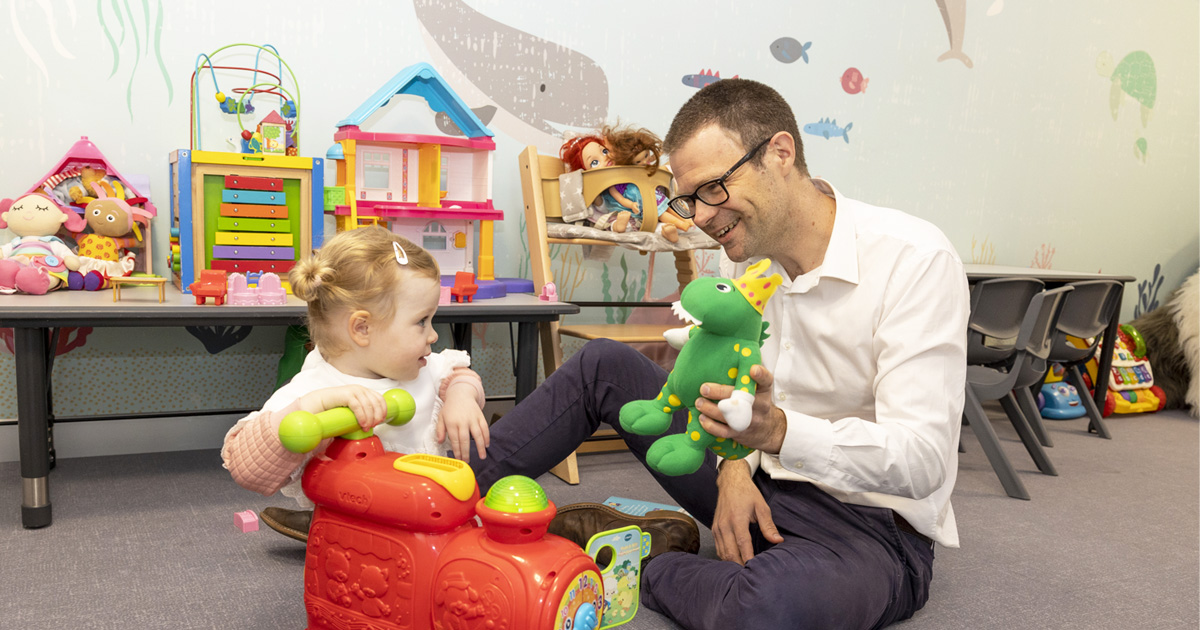Search
Research
Towards a molecular characterization of autism spectrum disorders: An exome sequencing and systems approachThis paper profiles the functional pattern of DNA variants found at a higher rate in patients with autism spectrum disorder (ASD), X-linked intellectual...
Research
Brief Report: Do the Nature of Communication Impairments in Autism Spectrum Disorders Relate to the Broader Autism Phenotype in Parents?This research explored the relationship between the broader autism phenotype (BAP) among parents, an index of genetic liability for ASD, and proband...
Research
Are autistic traits in the general population stable across development?There is accumulating evidence that autistic traits (AT) are on a continuum in the general population.
Research
Unpacking the complex nature of the autism epidemicThe etiology of autism spectrum disorders is unknown but there are claims of increasing prevalence in many countries.
Research
Do children with autism 'switch off' to speech sounds? An investigation using event-related potentialsAutism is a disorder characterized by a core impairment in social behaviour. A prominent component of this social deficit is poor orienting to speech.
Research
Evidence against poor semantic encoding in individuals with autismThis article tests the hypothesis that individuals with autism poorly encode verbal information to the semantic level of processing, instead paying greater...

News & Events
Renowned Autism Researcher named Western Australian of the YearAutism researcher Professor Andrew Whitehouse has been named this year’s Western Australian of the Year in the HBF Professions category.

News & Events
The Kids welcomes Federal Government’s commitment to early supportThe Kids Research Institute Australia welcomes today’s Federal Government announcement of a new pilot program to support babies showing early social communication differences in Western Australia.

News & Events
Frankie and Friends appResearchers at The Kids Research Institute Australia and University of Western Australia have recently published data describing the use of an attention training game designed for school-aged children diagnosed with autism spectrum disorder (ASD).

News & Events
The Kids researchers finalists in Premier’s Science AwardsThe Kids Research Institute Australia has two researchers and an innovative science engagement initiative as finalists in the 2017 Premier’s Science Awards.
